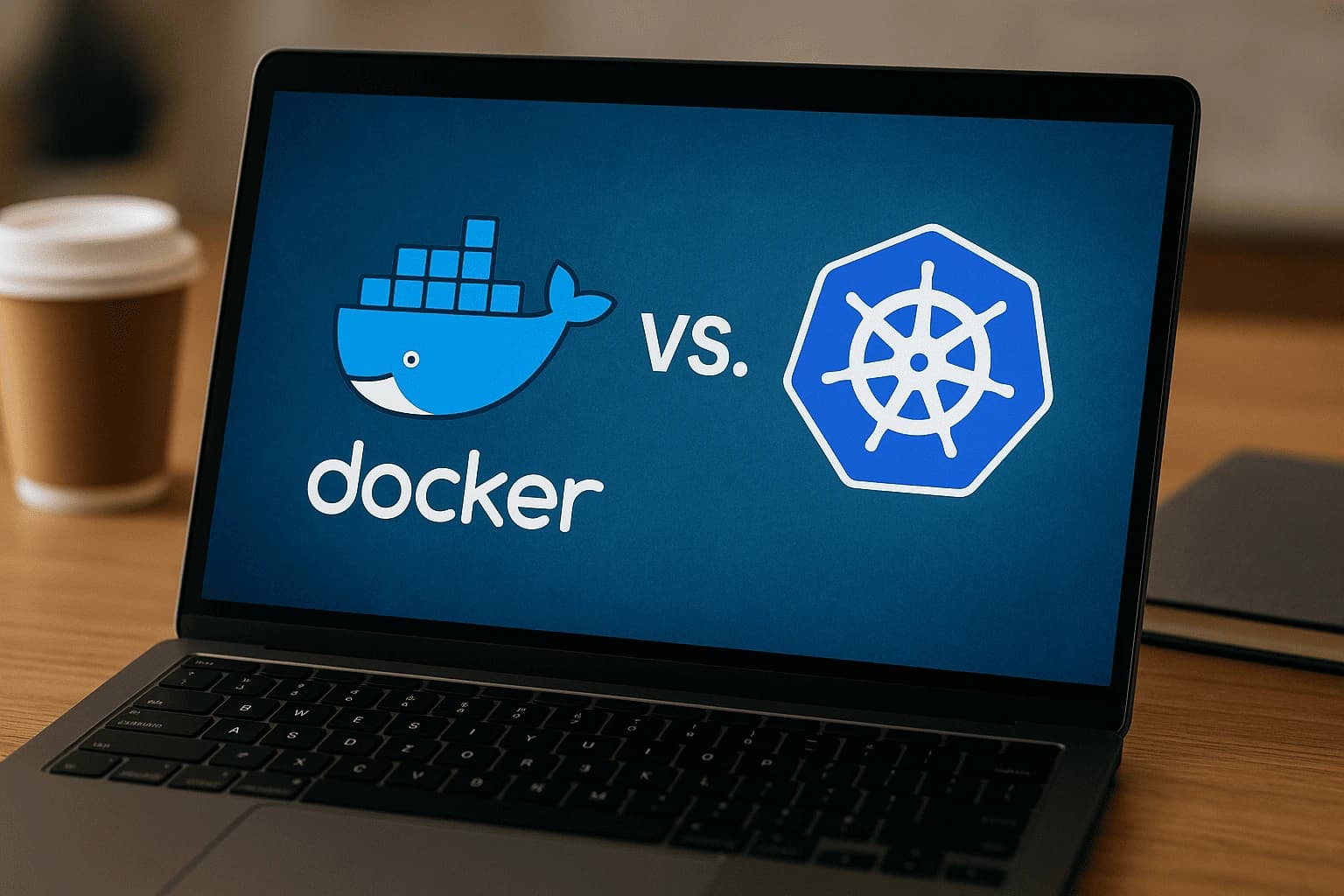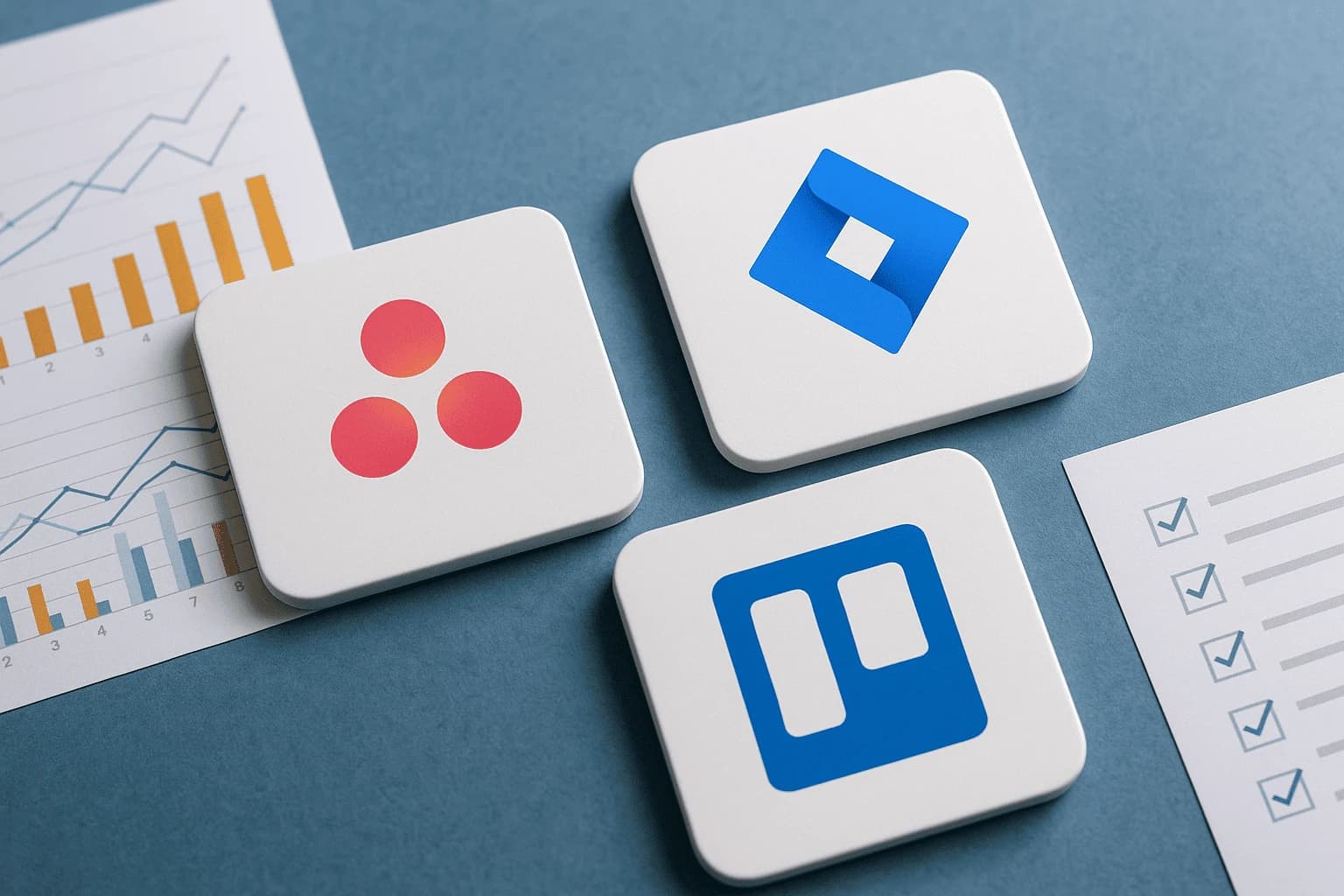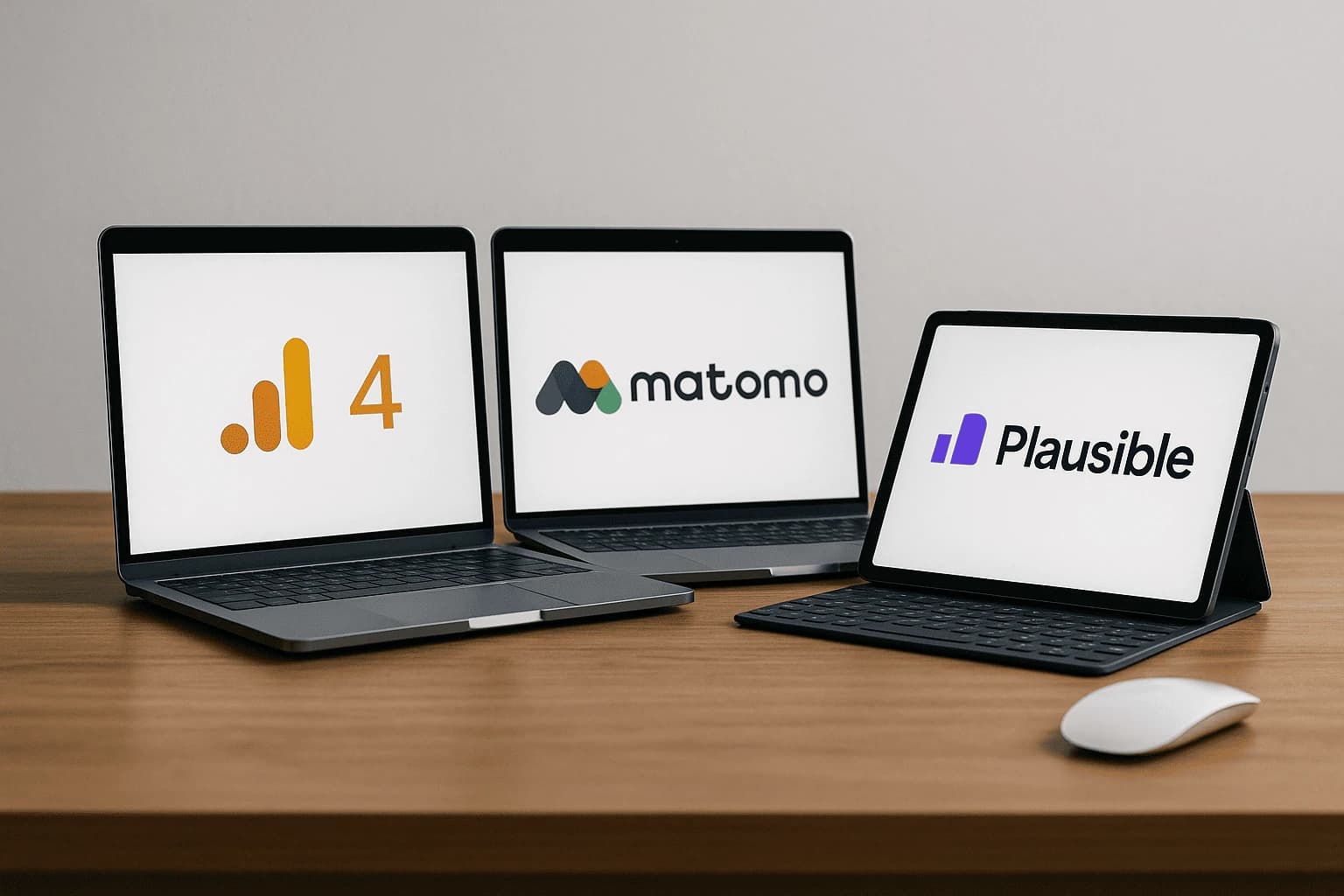
* All product/brand names, logos, and trademarks are property of their respective owners.
In the world of modern software development, containerization has emerged as a game-changing approach. It allows developers to bundle applications with all their dependencies into portable containers that can run seamlessly across different environments. This innovation has not only accelerated development workflows but also improved the consistency and scalability of applications—especially in DevOps and cloud-native ecosystems.
At the forefront of this containerization revolution are two powerful tools: Docker and Kubernetes. While Docker made container technology accessible to developers by simplifying container creation and deployment, Kubernetes brought in powerful orchestration capabilities that allowed businesses to scale and manage containers across distributed systems efficiently.
Fast-forward to 2025, and the debate of Docker vs. Kubernetes continues to be one of the most discussed topics in the tech community. Although they serve complementary roles, understanding their individual strengths, limitations, and best use cases is crucial for anyone involved in software delivery, whether you're a developer, DevOps engineer, or IT decision-maker.
This blog dives deep into the comparison of Docker and Kubernetes in 2025—exploring their core features, latest updates, real-world use cases, and how they can work together effectively. We'll also look into the evolving trends, security aspects, and cost implications of adopting these tools. Whether you're just getting started with containers or seeking to optimize your deployment strategy, this guide will provide a clear, updated, and global perspective on the tools that power today’s containerized applications.
Docker is a platform designed to simplify the creation, deployment, and running of applications using containers. A Docker container encapsulates all the necessary code, runtime, system tools, and libraries, ensuring that the application runs uniformly across different computing environments.
Introduced in 2013, Docker rapidly became the go-to tool for containerization, especially in DevOps pipelines. By 2025, Docker continues to be highly relevant, offering enhanced security features, faster image builds, and better compatibility with CI/CD tools. Developers and organizations around the globe use Docker to create microservices, speed up development cycles, and reduce infrastructure costs.
Key features in 2025 include:
Improved Docker CLI and Compose v2
Slimmer container images for faster deployments
Built-in security scanning and runtime protection
Kubernetes, often abbreviated as K8s, is an open-source platform developed by Google to automate the deployment, scaling, and management of containerized applications. Unlike Docker, which focuses on containerization, Kubernetes is an orchestration tool—designed to manage large-scale container clusters across distributed environments.
By 2025, Kubernetes has matured into the default choice for container orchestration. It offers powerful features like:
Automatic load balancing
Self-healing applications
Horizontal scaling and rolling updates
Built-in monitoring and observability tools
Kubernetes is widely adopted across industries and cloud platforms like AWS, Azure, and Google Cloud. It powers cloud-native infrastructures, supports hybrid and multi-cloud strategies, and integrates smoothly with GitOps workflows and service meshes like Istio.
While Docker continues to focus on building and running containers, Kubernetes dominates the orchestration layer. Their evolution has fostered a strong interoperability, with Docker serving as the container runtime in many Kubernetes environments. The introduction of the Container Runtime Interface (CRI) has enabled Kubernetes to support other runtimes too, but Docker remains a familiar and widely used choice.
In essence, Docker and Kubernetes aren't mutually exclusive—they are better together, forming a powerful toolkit for modern application development and deployment.
Although Docker and Kubernetes are often mentioned together, they serve very different purposes in the container ecosystem. Docker focuses on packaging and running containers, while Kubernetes is an orchestration platform that manages multiple containers running across distributed systems.
Understanding their core distinctions helps determine the best tool—or combination of tools—for specific development and deployment needs.
| Feature | Docker | Kubernetes |
|---|---|---|
| Purpose | Containerization (build, ship, run apps) | Orchestration (manage, scale, monitor containers) |
| Primary Function | Creates and runs single containers | Manages clusters of containers |
| Setup Complexity | Simple to set up and use | More complex, requires configuration |
| Use Case | Local development, CI/CD pipelines | Production deployments, distributed apps |
| Networking | Basic, container-to-host communication | Advanced networking (services, ingress, DNS) |
| Scaling | Manual scaling or using Docker Swarm | Auto-scaling, load balancing, self-healing |
| Security Features (2025) | Image signing, vulnerability scanning | Role-based access control, policy enforcement |
| Integration | Easily integrates with CI/CD tools | Supports GitOps, service mesh, observability |
| Cloud Support | Works on any platform or cloud | Widely supported on AWS, GCP, Azure, and on-prem |
| Learning Curve | Beginner-friendly | Intermediate to advanced |
Use Docker When:
You're developing locally or in small teams
You need quick prototyping without orchestration complexity
Your apps don’t require auto-scaling or distributed management
Use Kubernetes When:
You're deploying to production with high availability
You need automatic scaling and failover
You're managing microservices architecture across multiple environments
Use Both Together:
Many modern teams use Docker to build containers and Kubernetes to deploy and orchestrate them. For example, an international fintech company might develop services in Docker locally and then deploy those services using Kubernetes across AWS and GCP for global availability.
As containerized environments grow more complex, security becomes a critical concern. Both Docker and Kubernetes have responded to this challenge with enhanced features in 2025.
Docker Security in 2025:
Image signing and scanning: Ensures containers are free from vulnerabilities before deployment.
Rootless containers: Run containers without root privileges, reducing attack surfaces.
Docker Content Trust (DCT): Verifies image integrity and source authentication.
Kubernetes Security in 2025:
RBAC (Role-Based Access Control): Defines who can access what resources.
Pod security policies and network policies: Enforce isolation and security configurations.
Secrets management: Securely manages sensitive data (API keys, passwords) across environments.
Runtime security: Integrations with tools like Falco and Open Policy Agent for anomaly detection and policy enforcement.
Globally, companies are adopting “shift-left” security strategies—integrating security earlier in the development cycle using these tools.
While Docker is free and open-source, Kubernetes deployments can be more resource-intensive and potentially costly depending on the infrastructure setup.
Docker Costs:
Minimal costs for local development or small-scale apps
Premium features available through Docker Desktop Pro and Business plans
Kubernetes Costs:
Running Kubernetes clusters on cloud platforms (EKS, GKE, AKS) can incur compute and management fees
Requires DevOps expertise, which adds to operational costs
However, it offers better resource utilization, often saving money at scale
Many global enterprises opt for managed Kubernetes services to simplify cluster operations and reduce overhead.
Kubernetes becomes the cloud OS: It continues to dominate in orchestrating complex, distributed workloads, especially in multi-cloud and hybrid environments.
Docker’s role is refining: It's now more focused on secure container development, especially with support for WebAssembly and lightweight runtimes.
AI/ML on Kubernetes: A major growth area, with K8s being used to manage GPU workloads and data pipelines.
Developer-first platforms: Tools like Platform-as-a-Service (PaaS) are being built on top of Kubernetes for simplicity and faster onboarding.
Security automation: More AI-driven tools are being integrated for anomaly detection and auto-remediation in Kubernetes and Docker environments.
In the ever-evolving landscape of software development, understanding the roles of Docker and Kubernetes is essential. These two technologies, though often paired together, serve distinct functions: Docker simplifies the creation and deployment of containers, while Kubernetes orchestrates those containers across distributed systems.
As we move through 2025, both tools have matured considerably. Docker remains the cornerstone of containerization, especially for developers and small teams aiming for efficiency and portability. Meanwhile, Kubernetes has solidified its place as the go-to orchestration platform for managing complex, scalable applications in production—especially in cloud-native and hybrid environments.
This blog has unpacked their core features, key differences, security strategies, and cost implications. We’ve also highlighted how they’re used together effectively in real-world scenarios—from startups deploying microservices to large enterprises optimizing cloud infrastructure globally.
So, which one should you choose?
Choose Docker for local development, prototyping, and simpler workflows.
Choose Kubernetes when scalability, automation, and high availability are critical.
Use both to harness the full power of container-based development and deployment.
Ultimately, Docker and Kubernetes are not competitors—they’re collaborators in building the future of modern software. Whether you’re just starting with containers or scaling a global tech infrastructure, embracing both tools strategically will ensure your stack is future-ready.
Stay updated, keep experimenting, and don’t hesitate to combine these technologies to best fit your unique use case.

25 July 2025

25 July 2025
No comments yet. Be the first to comment!